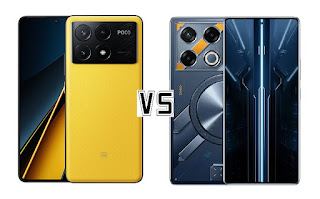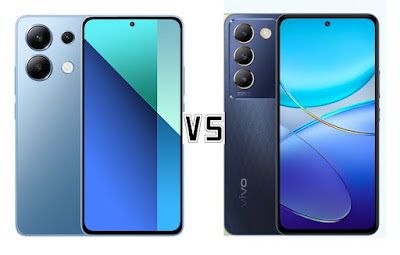Infinix GT 20 Pro vs Poco X6 Pro Comparison

The mid-range smartphone market is heating up, and two contenders vying for your attention are the Infinix GT 20 Pro and the Poco X6 Pro. Both offer impressive specs and features at competitive prices, but which one reigns supreme? Let's delve into their strengths and weaknesses to help you decide. Display: The Poco X6 Pro boasts a superior display on paper. It has a 6.67-inch 12-bit OLED panel with a 120Hz refresh rate, 1800 nits peak brightness and a staggering 1920Hz PWM dimming for smoother visuals and reduced eye strain. The Infinix GT 20 Pro counters with a slightly larger 6.78-inch AMOLED display with a still-smooth 144Hz refresh rate, 1300 nits peak brightness and 2340Hz PWM dimming. Performance: The Poco X6 Pro packs a punch with the MediaTek Dimensity 8300 Ultra processor, potentially offering a slight edge in raw performance. However, the Infinix GT 20 Pro's Dimensity 8200 Ultimate processor shouldn't be far behind. Both phones come with LPDDR5x RAM for fast mul...










